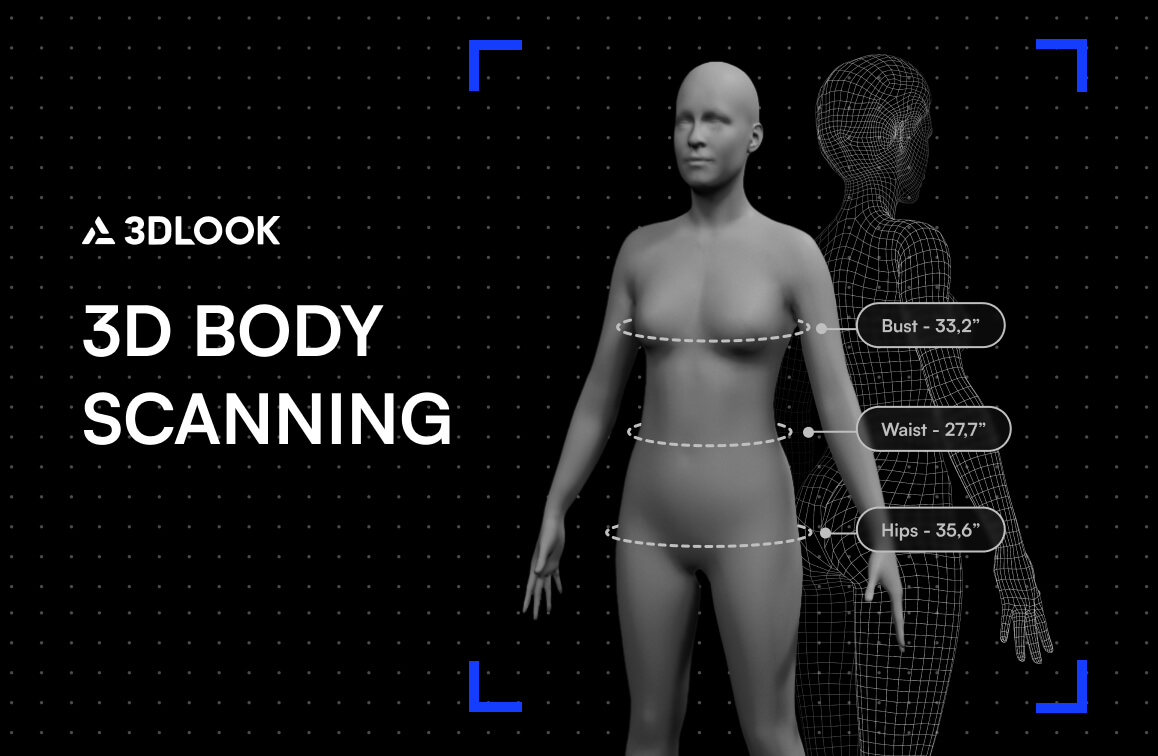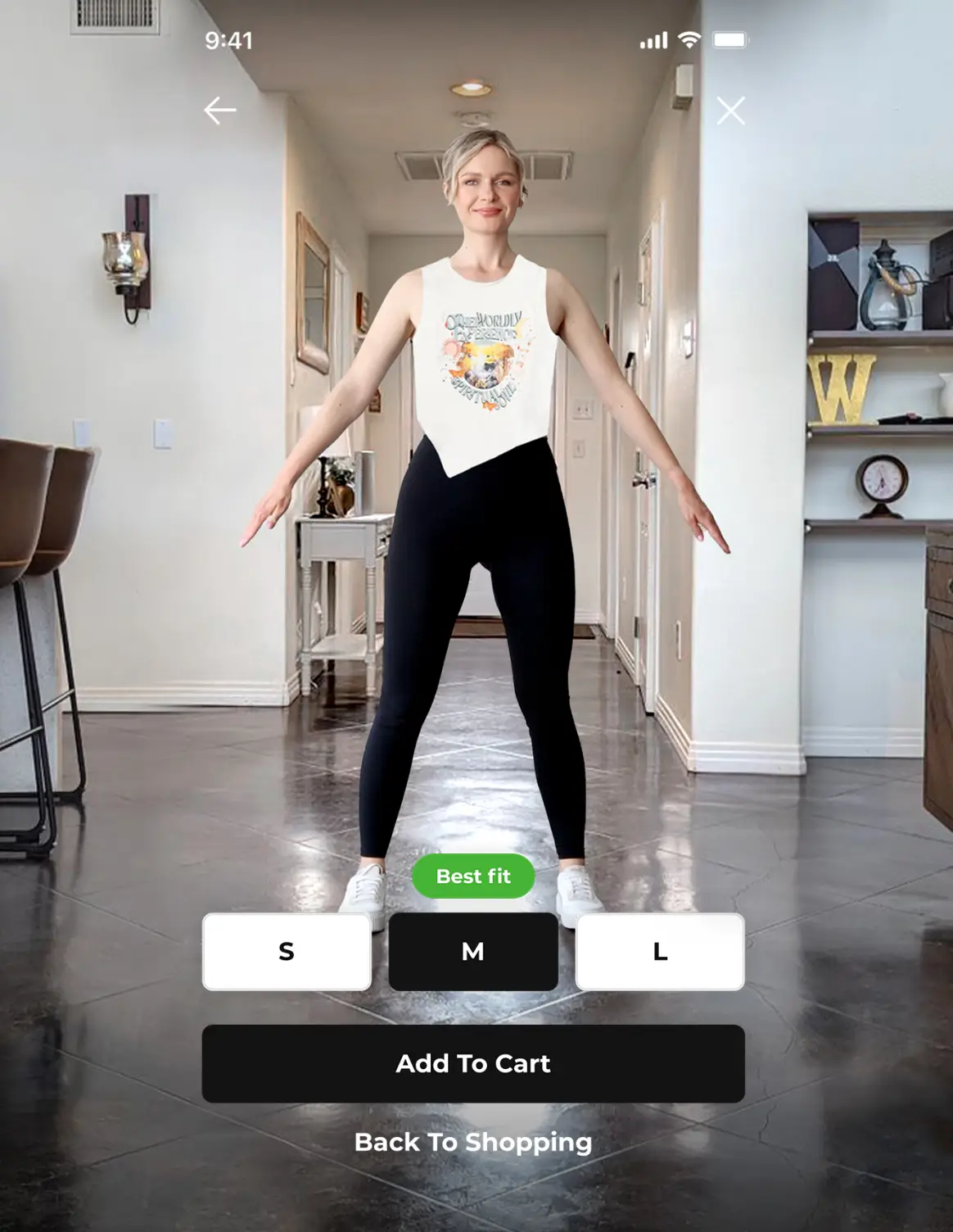In the ever-changing fitness world, progress tracking has evolved from simple weighing scales to sophisticated body composition analysis systems. 3D body scanning technology represents the pinnacle of this evolution, offering unprecedented precision once available only in clinical settings.
Traditional methods like tape measures, calipers, and bathroom scales lack precision and comprehensiveness. Manual measurements introduce subjectivity that can mask actual progress or suggest changes that don’t exist. The advent of 3D body scanning technology transforms our approach to health and fitness goals as it becomes a science rather than guesswork, enabling truly personalized approaches.
3D Body Scanning
3D body scanning technology captures, processes, and reproduces the human body in three-dimensional digital space. It uses optical sensors, cameras, and advanced software to create detailed digital replicas. Unlike traditional measurements that only capture circumferences at specific points, 3D scanning records the entire body surface, generating hundreds of data points that precisely map physical dimensions. A cohesive 3D model serves as both a visual representation and a data-rich resource. Advanced systems use artificial intelligence to automatically identify anatomical landmarks, ensuring consistent measurement points across scans and eliminating the variability inherent in manual methods.
The 3D body scanning market offers various solutions with different methodologies, accuracy levels, and accessibility. High-end options like Fit3D and Styku use specialized scanning booths with multiple sensors but require significant investment and dedicated space. Mid-range solutions include portable Visbody scanners for fitness facilities. Mobile applications like ShapeScale and Naked Labs combine smart mirrors or scales with scanning capabilities.
3DLook has emerged as a leader by making professional-grade body measurement technology accessible through FitXpress. Our revolutionary AI technology generates accurate body measurements and composition data from just two photos – front and side views, without requiring specialized hardware or controlled environments. This approach positions 3DLook as a leading solution for consumers seeking professional-grade body analysis without expensive equipment.
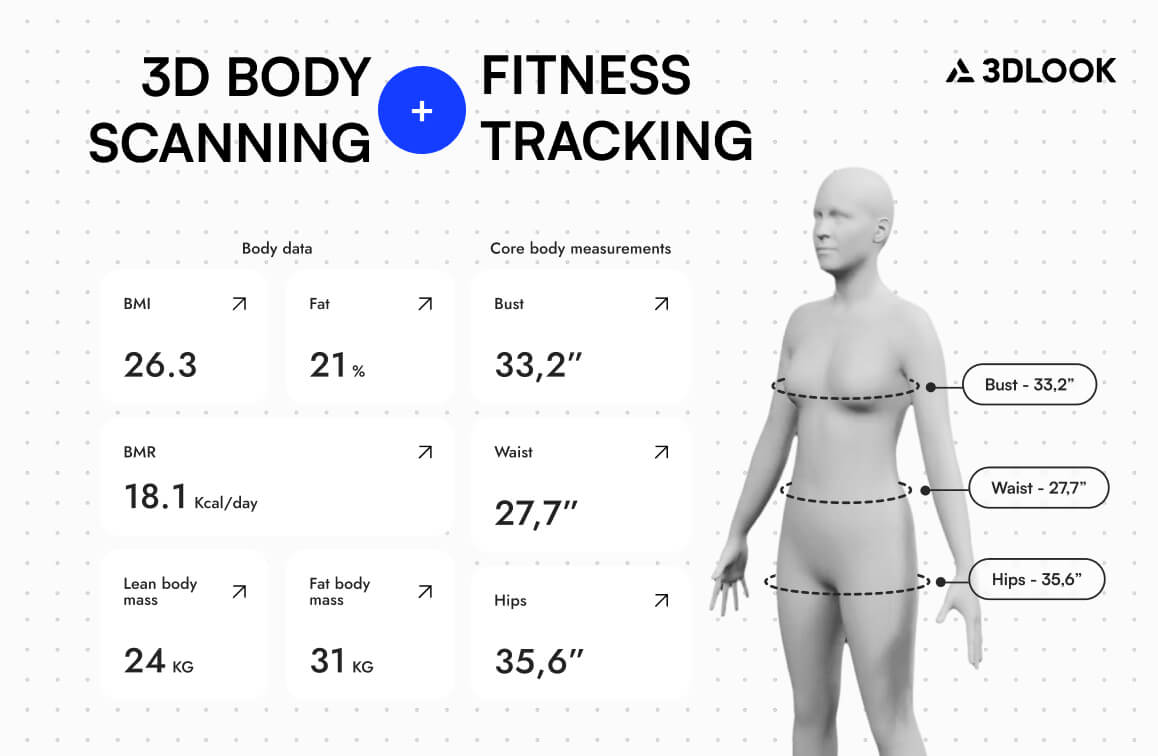
How 3D Scanning Works
Our Patented Technology
The 3DLook scanning process is remarkably simple for users while employing sophisticated technology behind the scenes. The entire process works as follows:
- Photo Capture: Two photos are taken with any smartphone camera on any background, with the user fully clothed. Unlike other scanning technologies, 3DLook doesn’t require special equipment, controlled environments, or undressing.
- AI-Powered Analysis: Our AI, trained on extensive data sets collected and tested over eight years, processes these images in seconds. This proprietary artificial intelligence delivers highly accurate results from just two simple photos.
- AI Clothing Detection: The system automatically flags loose clothing, reducing the need for manual review by generating structured alerts for clinicians to identify potential measurement issues.
- 3D Model Creation: Statistical modeling and 3D matching algorithms precisely generate a complete three-dimensional body model from the two-dimensional photos.
- Comprehensive Measurements: The system calculates BMI, BMR, fat percentage, lean mass, fat mass, and more than 80 different body measurements from the 3D model—all in under 60 seconds.
Benefits of 3D Body Scanning for Fitness Tracking
Precision and Comprehensive Metrics
The power of 3D body scanning lies in its ability to provide a holistic view of body composition beyond what traditional methods offer. While scales measure only weight and basic analyzers offer limited insight, 3DLook’s technology generates a comprehensive profile including:
- Precise measurements of chest, waist, hips, thighs, arms, and other key areas to millimeter precision.
- Detailed breakdown of body fat percentage, lean muscle mass, and distribution patterns that identify specific areas of fat concentration or muscle development.
This detail enables fitness professionals and individuals to move beyond simple metrics like weight and BMI to develop targeted strategies based on specific body composition insights.
Visual Progress Tracking
One of the most motivating features of 3D body scanning is its ability to visualize changes that might otherwise go unnoticed:
- Side-by-side comparisons of body scans from different time points highlight changes in posture, muscle development, and fat reduction.
- Color-coded visualizations show areas of greatest change, helping users identify which body regions are responding most effectively to their fitness regimen.
- Sequential views of body changes over weeks and months provide motivational evidence of consistent progress, even during weight plateaus.
This visual feedback addresses a key challenge in fitness journeys – maintaining motivation through periods when progress seems stalled. By visualizing subtle changes that scales can’t detect, 3D scanning helps users maintain consistency.
Personalization and Data-Driven Insights
The detailed data from 3D body scans enables unprecedented personalization in fitness programming:
- Identifying specific areas with higher fat deposits or underdeveloped muscles allows for precisely targeted exercise selection.
- Body composition data informs more accurate caloric and macronutrient recommendations based on actual lean mass and metabolic requirements.
- Advanced systems can project future results based on current trajectories, helping set realistic expectations.
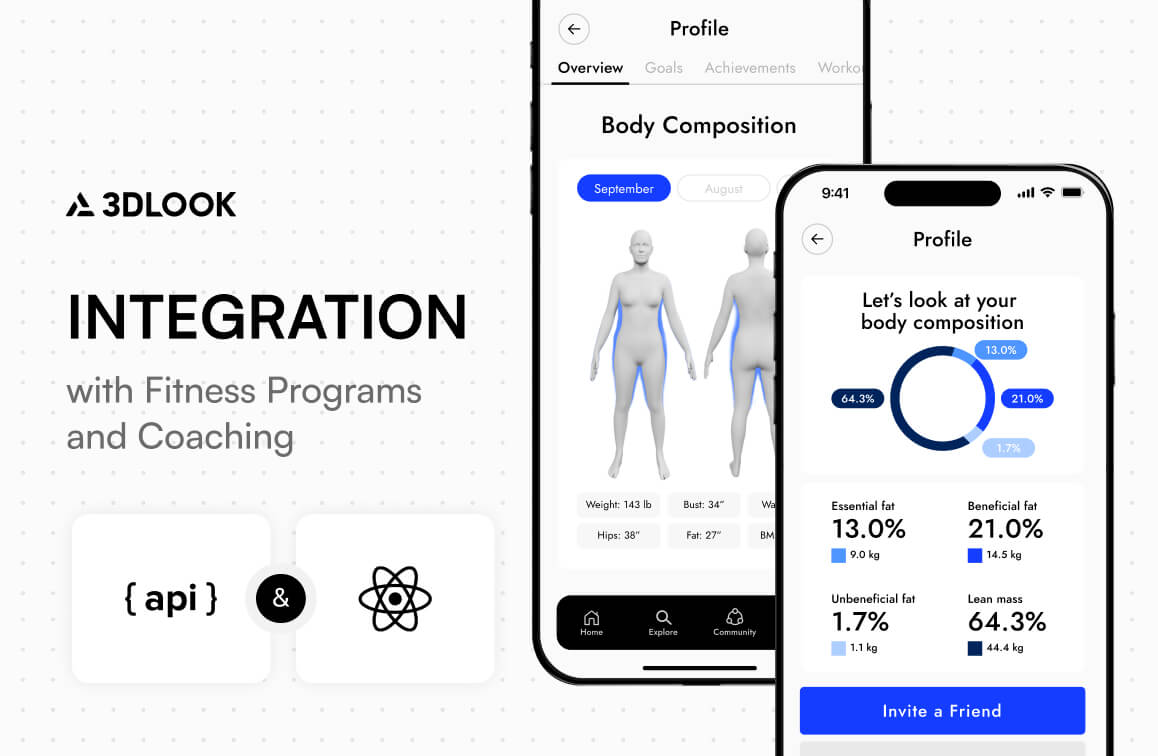
Applications in Fitness and Wellness
Weight Loss and Muscle Gain Monitoring
The limitation of scale-based tracking becomes evident when considering body recomposition goals. A scale might show no change despite significant improvements in body composition. 3DLook’s technology addresses this by distinguishing between different tissue types:
- Separating fat mass from lean tissue allows users to track actual fat loss even when weight remains stable due to muscle development.
- Tracking increases in lean mass helps quantify improvements in metabolic health, even when scale weight doesn’t reflect these positive changes.
Health Risk Assessment and Early Detection
Beyond aesthetic and performance goals, 3D body scanning offers valuable insights into health risk factors:
- Automatic calculation of waist-to-height ratio helps assess cardiometabolic risk more accurately than BMI alone.
- Identifying imbalances and alignment issues can help prevent chronic pain and mobility limitations before they develop.
- Regular scanning creates a record of body composition changes that can identify concerning trends early.
Integration with Fitness Programs and Coaching
The data generated by 3DLook’s technology creates new opportunities for enhanced coaching relationships:
- Coaches can track client progress with precision regardless of geographic distance, enabling effective online coaching.
- Trainers can base program adjustments on quantifiable data rather than subjective assessments.
- Visual evidence of progress, even when subtle, helps maintain client motivation and program adherence.
- 3DLook’s API capabilities allow fitness apps and platforms to incorporate body data directly into training and nutrition recommendations.
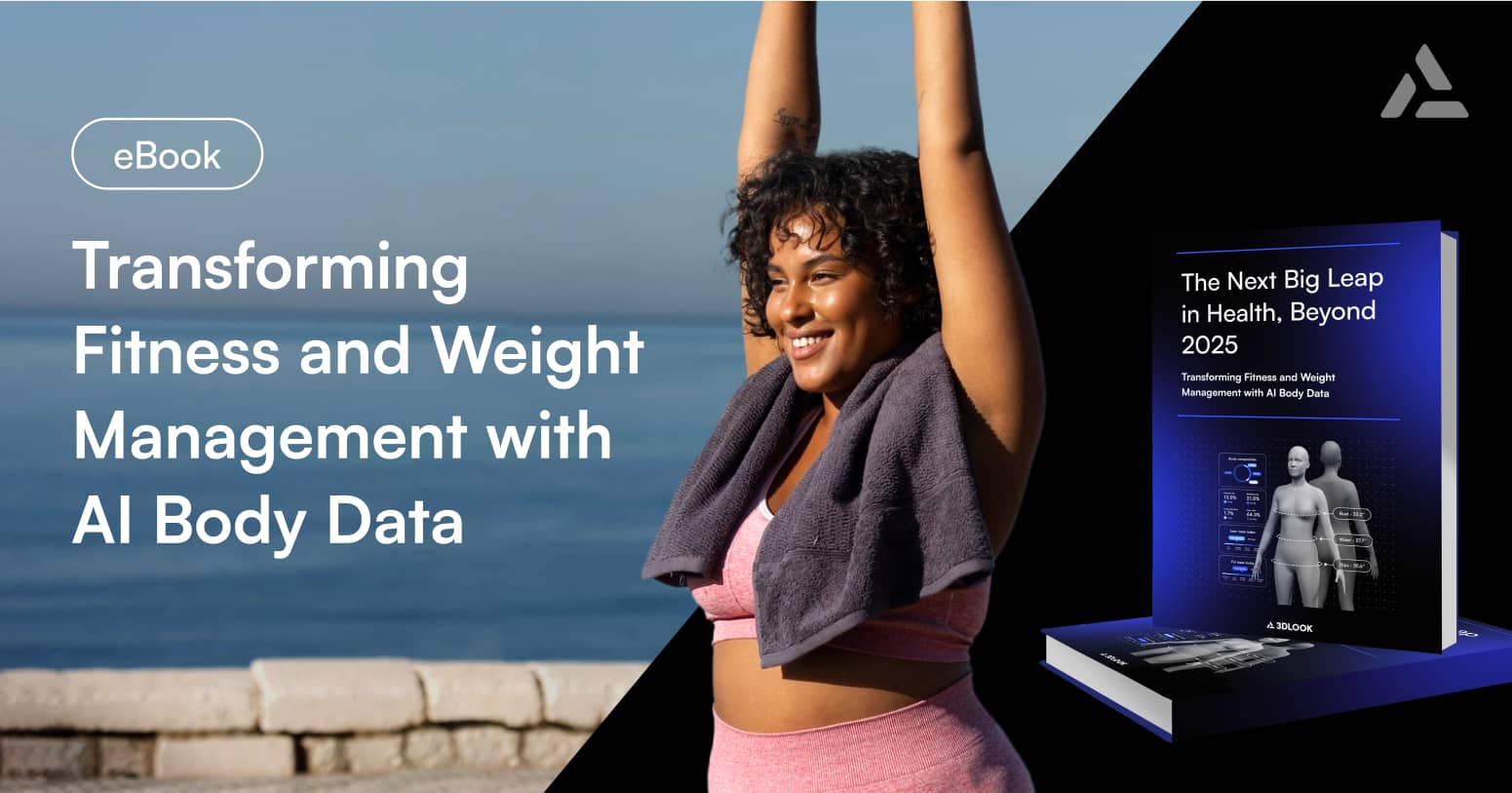
Discover how AI-powered body data is revolutionizing health, fitness, and weight management, setting a new standard for personalization and progress tracking.
Future Trends and Innovations
The trajectory of 3D scanning technology points toward increasingly sophisticated applications of artificial intelligence:
- Advanced AI may soon predict likely body composition changes based on planned exercise and nutrition interventions, allowing users to visualize potential outcomes before they occur.
- Machine learning algorithms analyzing patterns across millions of scans could identify correlations between body composition changes and health outcomes, generating personalized recommendations.
- AI systems might combine body scan data with activity tracking and nutrition logs to autonomously adjust fitness recommendations in real-time.
The applications of precise body data extend well beyond traditional fitness contexts:
- Ergonomic product design from furniture to vehicles can improve comfort and reduce injury risk based on body proportions.
- Accurate body avatars enhance immersion in VR fitness and social applications.
- Tracking changes in body composition during recovery, rehabilitation, or disease treatment provides valuable clinical insights.
As the technology matures, these extended applications will likely become significant growth areas for body scanning across multiple industries.
Final Thoughts
Fitness tracking has evolved from simple weight measurements to comprehensive 3D body analysis. 3DLook’s innovative approach—making professional-grade body scanning accessible through smartphones—has democratized access to insights previously available only to elite athletes or in specialized facilities.
For fitness enthusiasts, 3D body scanning eliminates the guesswork of traditional tracking methods by distinguishing between fat loss and muscle gain, visualizing subtle changes, and providing objective feedback. 3DLook’s precise measurements enable truly personalized fitness strategies based on individual body composition rather than generic formulas
